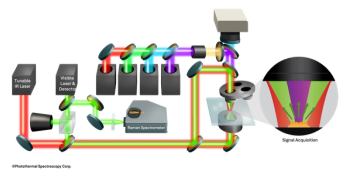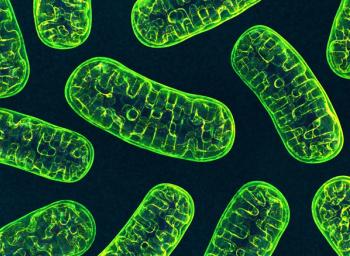
- Advances in Fluorescence Spectroscopy
- Volume 35
- Issue S5
Advances in Fluorescence Spectroscopy: A Peer-Reviewed Special Issue
This issue is a compilation of peer-reviewed articles on the subjects of fluorescence and the optical properties of materials.
We are excited to present this special issue of Spectroscopy on fluorescence spectroscopy. The issue brings together six peer-reviewed papers that highlight exciting and important new developments in the theory and application of fluorescence techniques and analysis of laser crystalline materials. Of all spectroscopic techniques, only surface-enhanced Raman scattering (SERS) rivals the sensitivity of classical fluorescence. Fluorescence analytical techniques using molecular probe molecules and specifically designed reaction chemistries are remarkable in that they can be developed to include the two outstanding advantages of a superior analytical technique, namely selectivity and sensitivity.
The theory and practice of synthetic organic chemistry involved in designing and constructing specific fluorescence probe molecules is a fascinating scientific endeavor. The design of such probes involves planning expected theoretical structures of proposed molecules, the synthesis of such molecules, and analytical testing to verify that the product of the synthesis is indeed the molecule that was expected. Analytical verification of the synthetic products involves the application of nuclear magnetic resonance (NMR) for structural verification and mass spectrometry (MS) for precise determination of target molecular weight. Once designed and verified, the probe molecules are tested for their selectivity and sensitivity to the analyte they were constructed to detect. Such testing is often completed using real analytical conditions with the addition of potential interferents in order to test the probe molecules’ specific performance for analyte detection. If the probe fails, then it is back to the beginning with redesign of the molecular structure of the probe. When the development of a successful probe molecule is finally completed, the probe is purified, and then can easily be applied to analytical use by preparing sample extracts, adding the probe, and making the sensitive fluorescence measurements. Two papers in this issue discuss the development and testing of such probes.
There are also probe- or label-free fluorescence methods that involve the use of mercury nanoladders integrated with reagent dye molecules that are useful for analyte detection. Specific dyes, such as thiazole orange, an asymmetric cyanine dye, exhibit a considerably increased fluorescence intensity when they interact with double-stranded DNA and analyte molecules. The chemistry for such a probe is explained in one paper included in this special issue collection. Other complex chemistries are useful for specialized detection of important analytes and they are also described in this issue. These detection methods include a turn-on fluorescence sensor based on a tetrakis (4-carboxyphenyl) porphyrin (TCPP)-Hg2+ system for highly selective fluorescence detection of glutathione (GSH), and a method for detection of trace bismuth(III) using a fading reaction of hydrogen peroxide and eosin Y under specific pH conditions.
Finally, a paper is included that contains a complete spectroscopic study of the theory and measurements used in evaluating crystalline materials for solid-state laser applications. This study includes a Judd-Ofelt analysis on the absorption spectrum from the visible to infrared spectral range of the material, as well as a Füchtbauer-Ladenburg analysis of the emission spectra. The results are an intriguing exploration of the required spectroscopic properties of laser crystals.
Jerome Workman, Jr. is the senior technical editor of LCGC North America and Spectroscopy. Direct correspondence to:
Articles in this issue
about 5 years ago
A Full Spectroscopic Study of Pr:YLF Crystals Used in Lasersabout 5 years ago
Catalytic Kinetic Fluorimetric Detection of Trace Amounts of BismuthNewsletter
Get essential updates on the latest spectroscopy technologies, regulatory standards, and best practices—subscribe today to Spectroscopy.


![Figure 3: Plots of lg[(F0-F)/F] vs. lg[Q] of ZNF191(243-368) by DNA.](https://cdn.sanity.io/images/0vv8moc6/spectroscopy/a1aa032a5c8b165ac1a84e997ece7c4311d5322d-620x432.png?w=350&fit=crop&auto=format)

